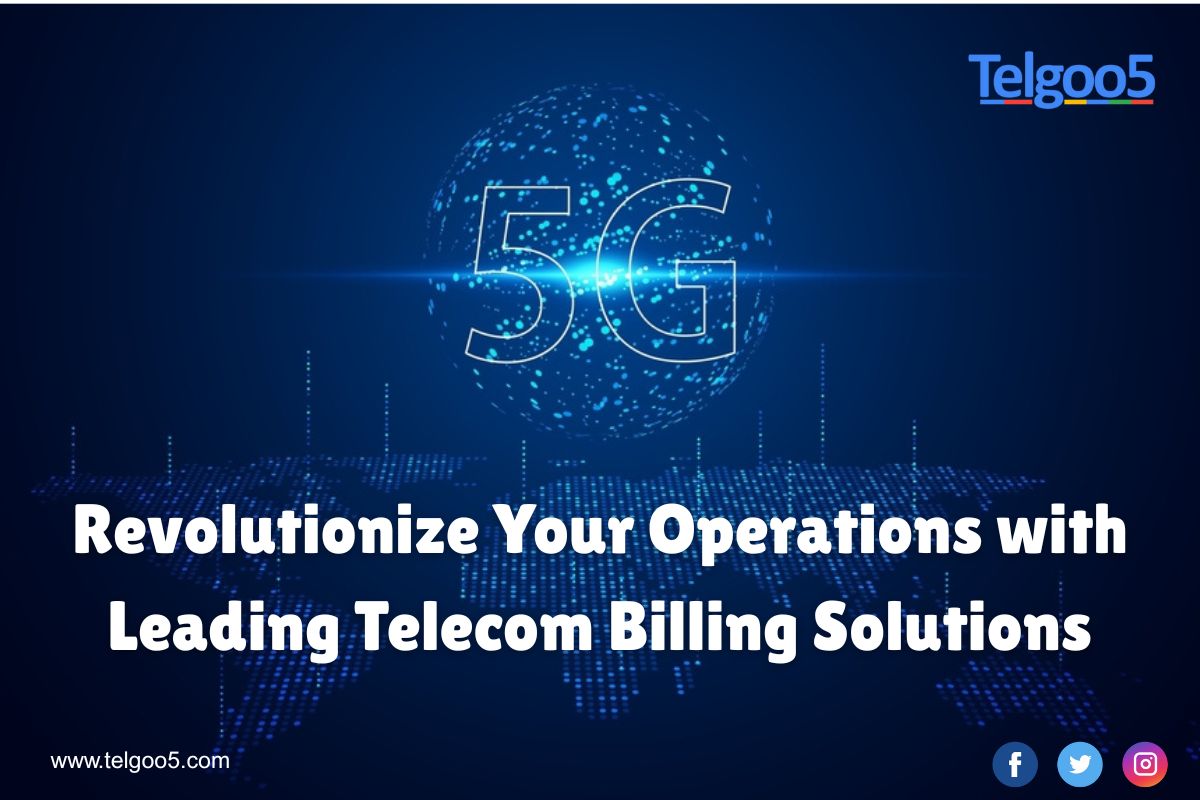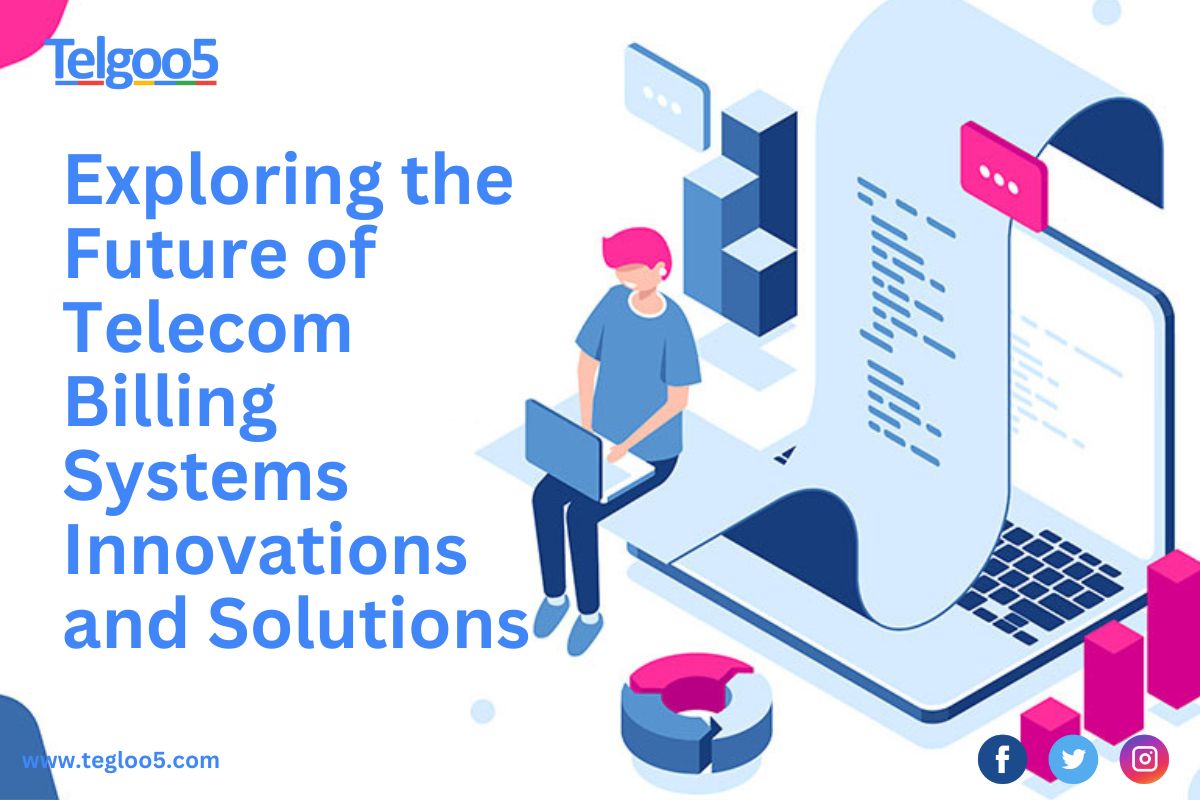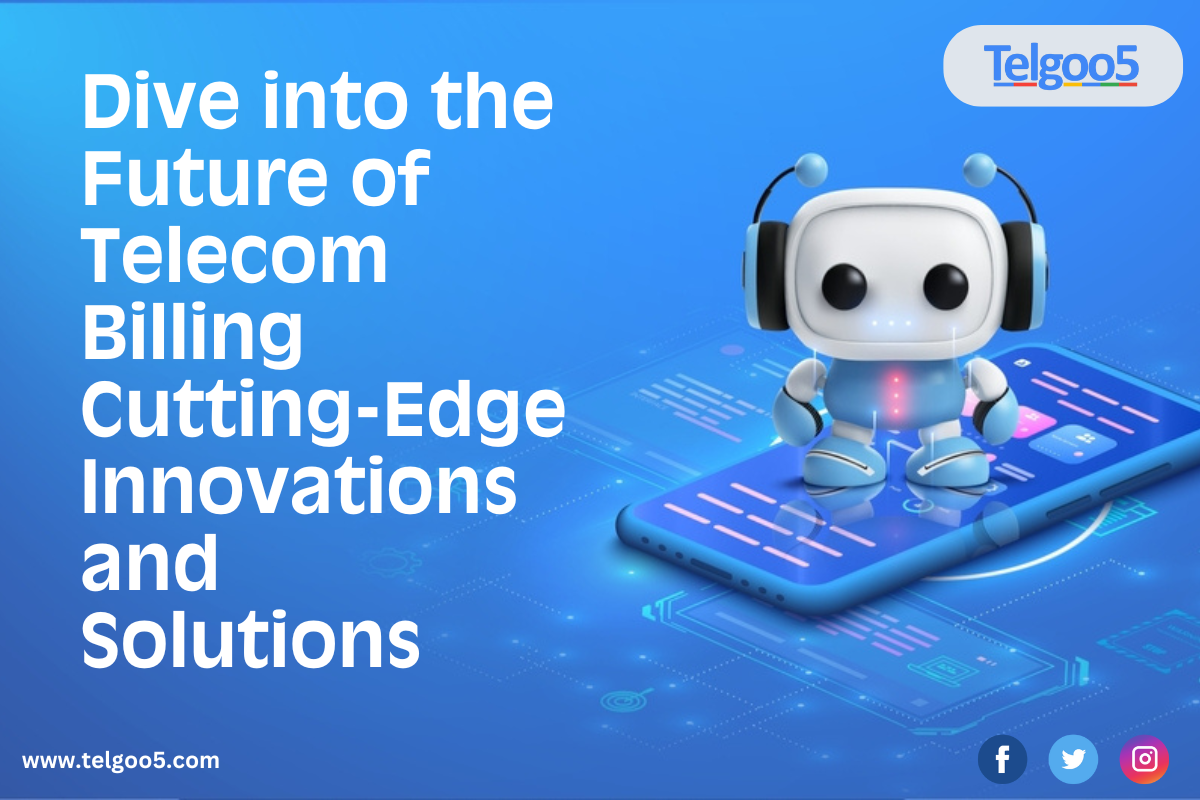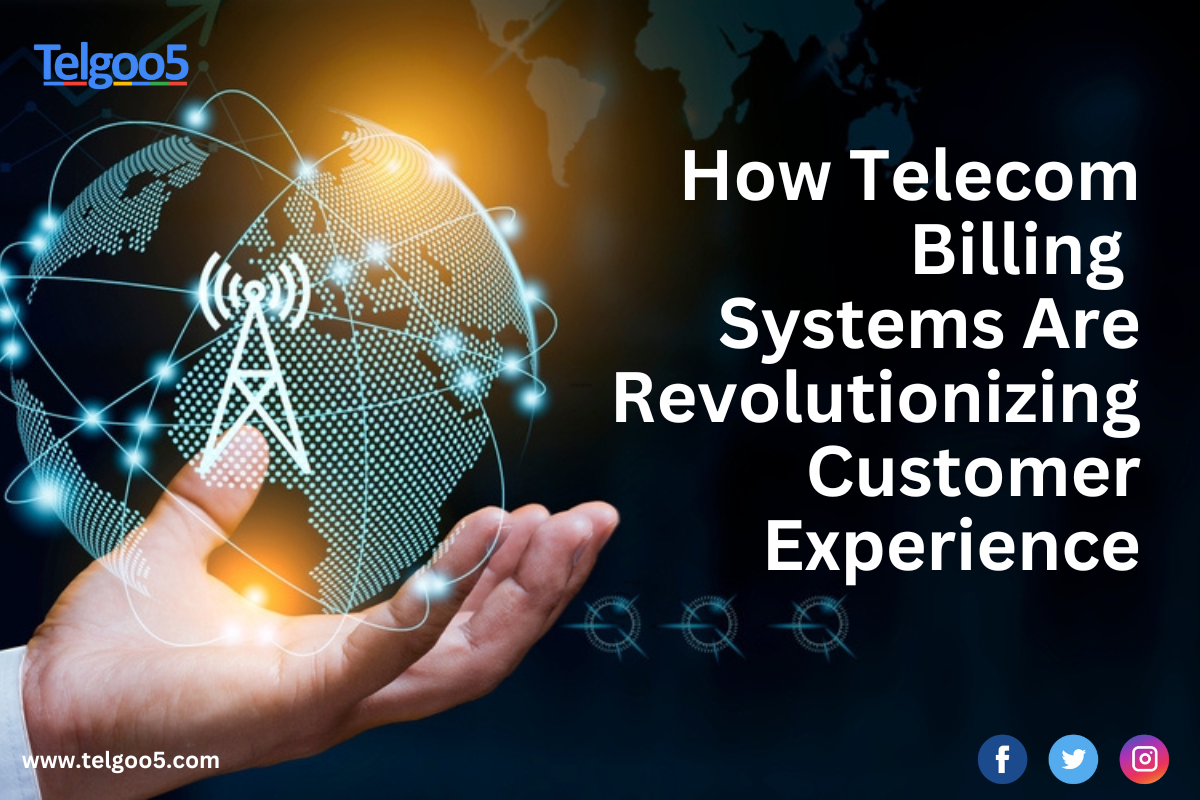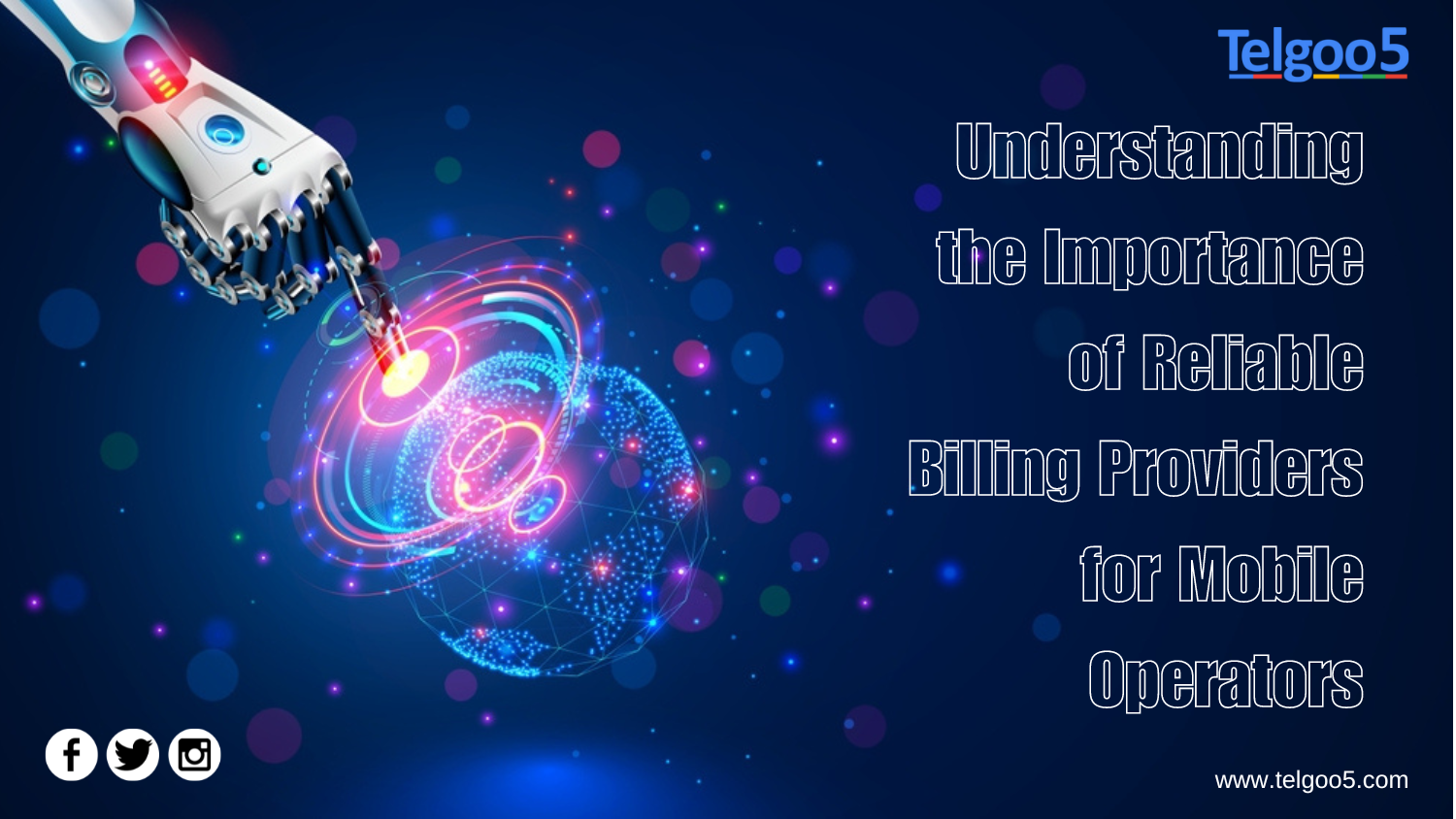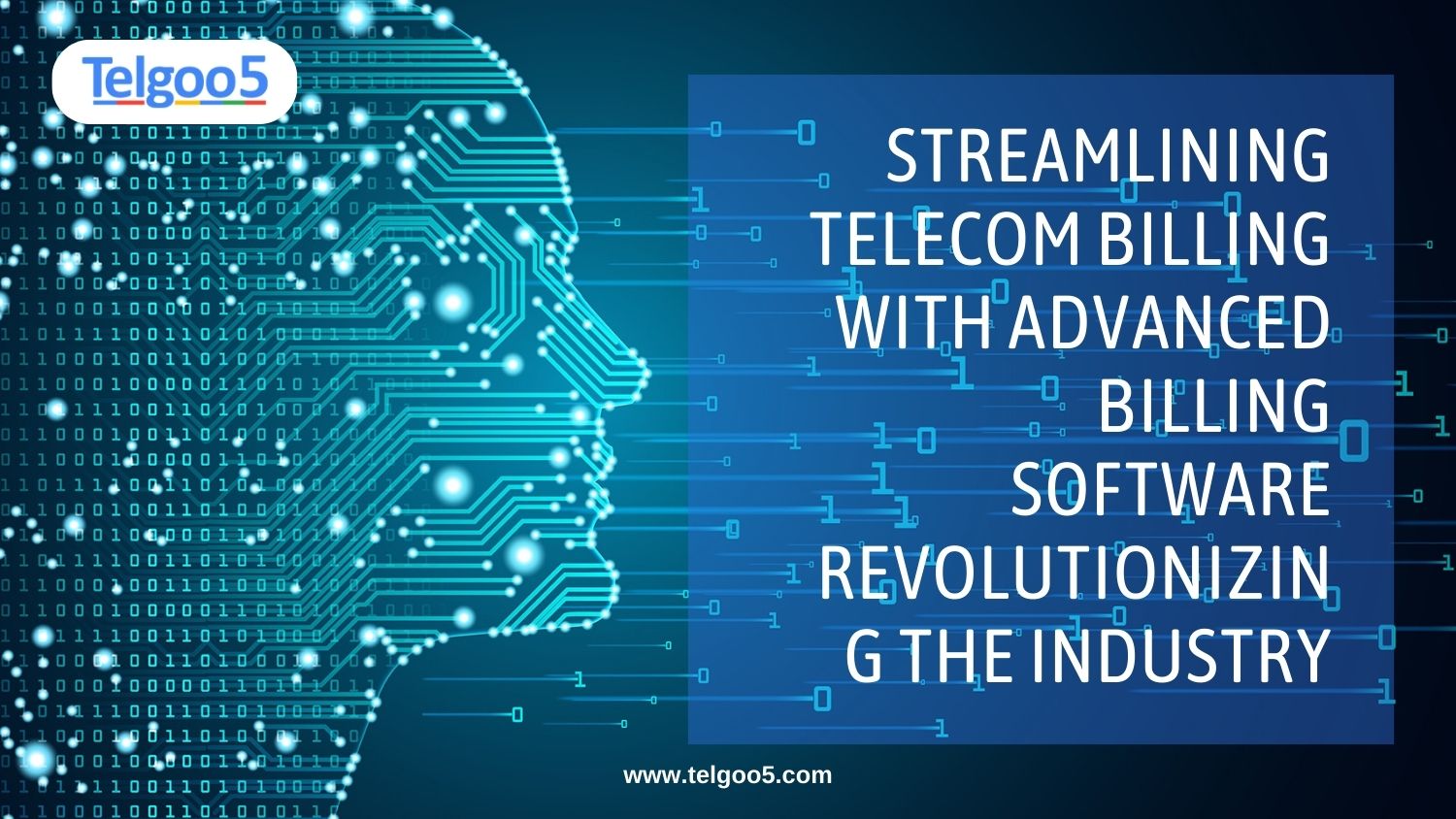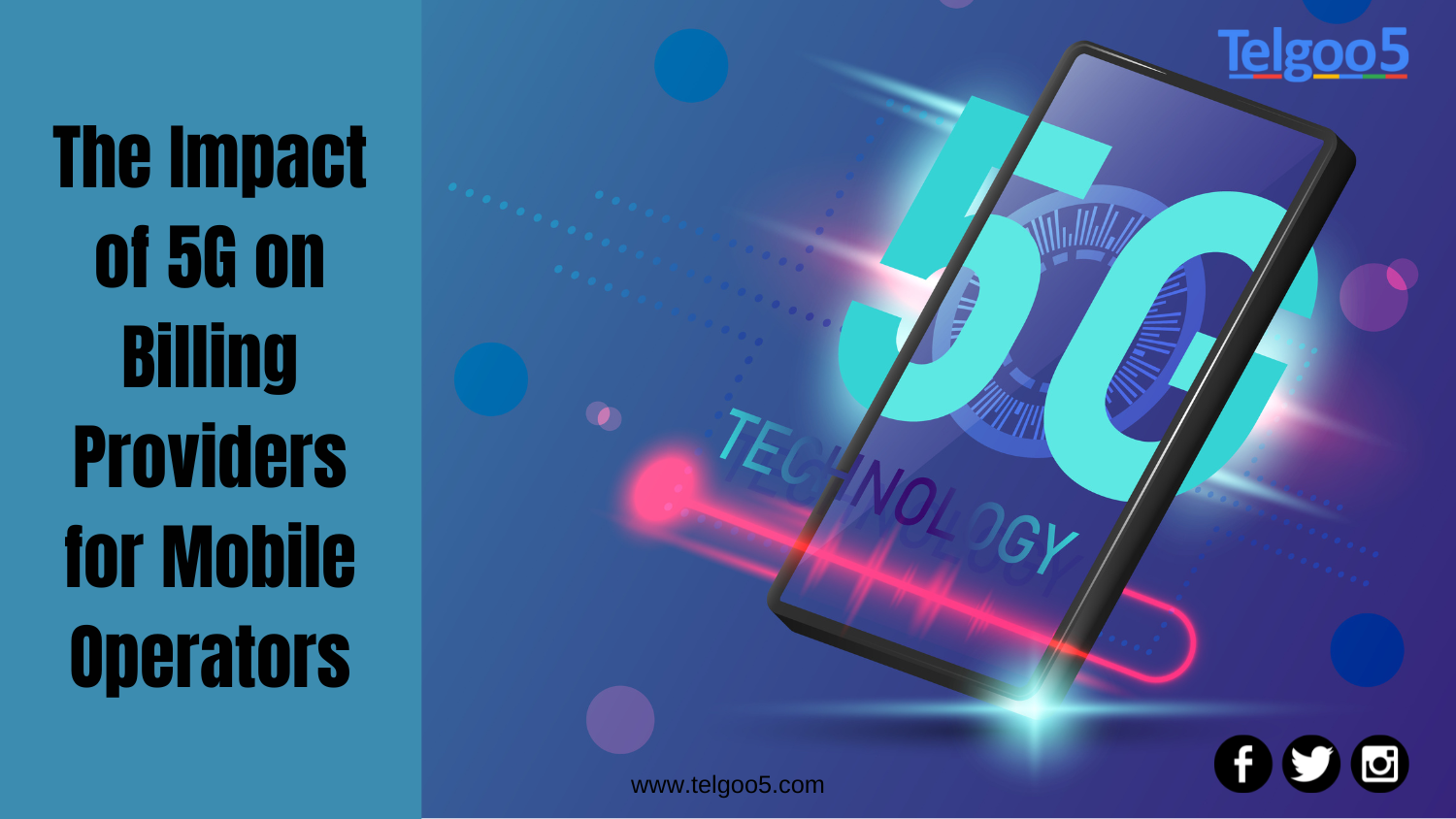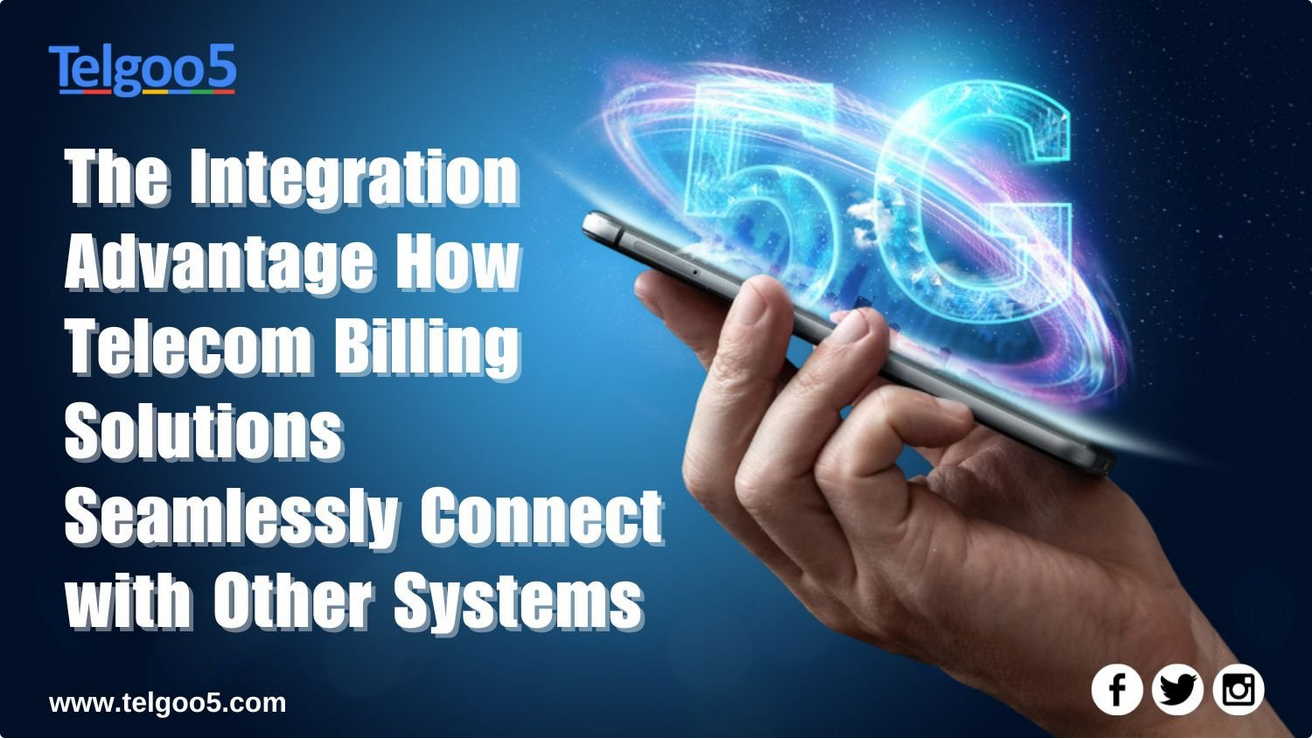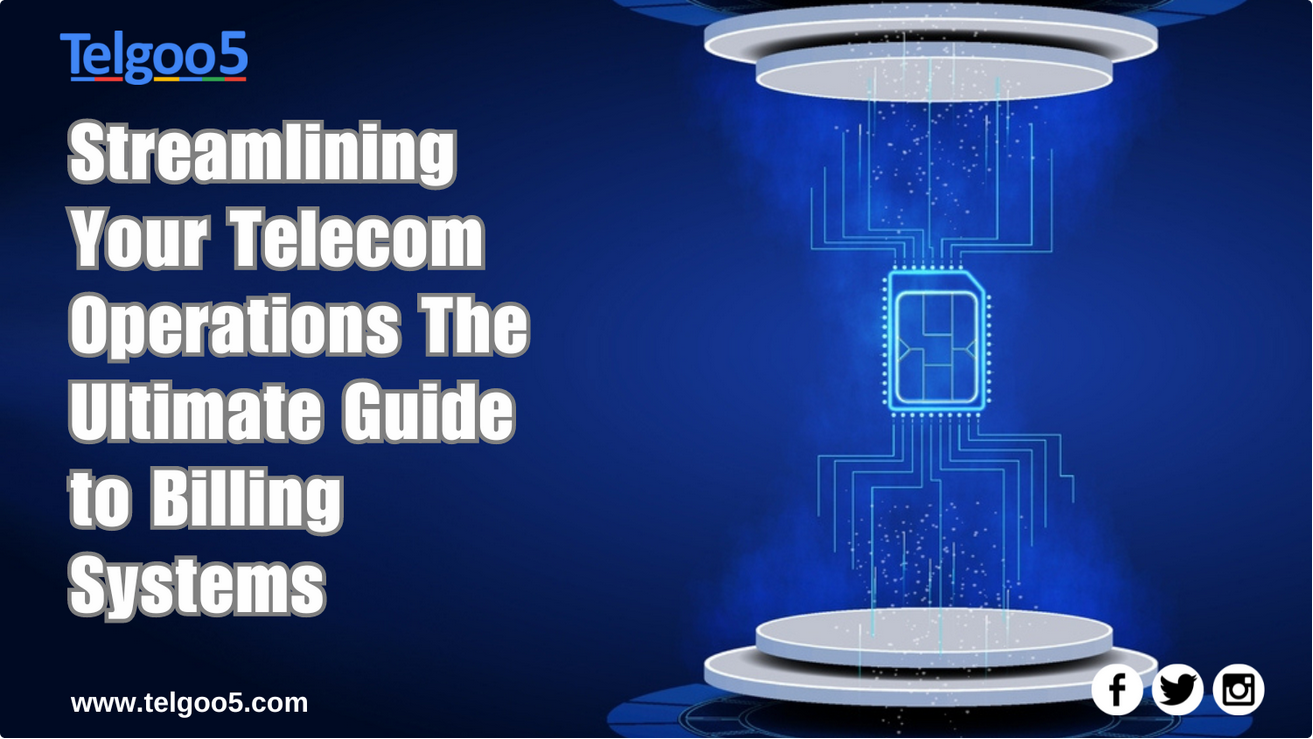Billing Telecom Software
Optimize your telecom operations with robust Billing Telecom Software. Improve efficiency and customer satisfaction.
Contact us today to get a consultation!
Send us a message to get answers to any of your questions & we'll get back to you within 24-48 hours or as soon as possible.

